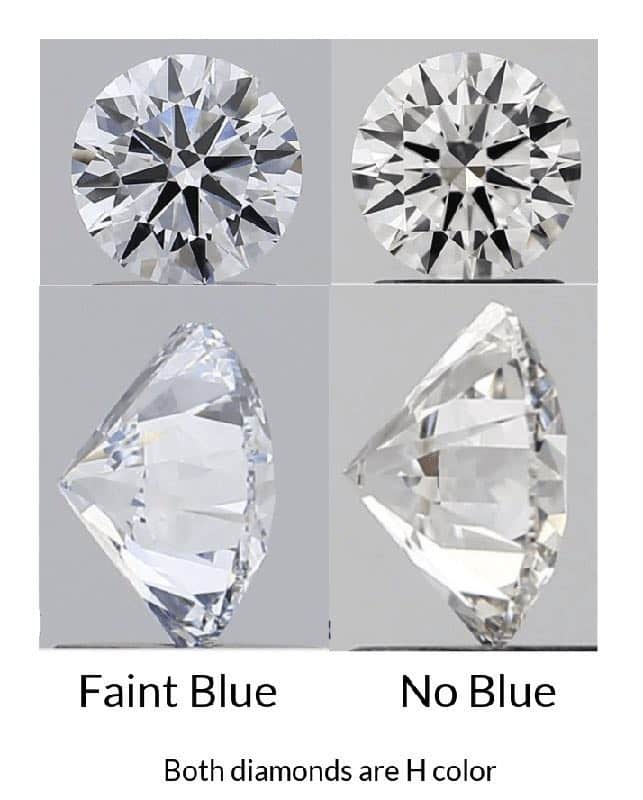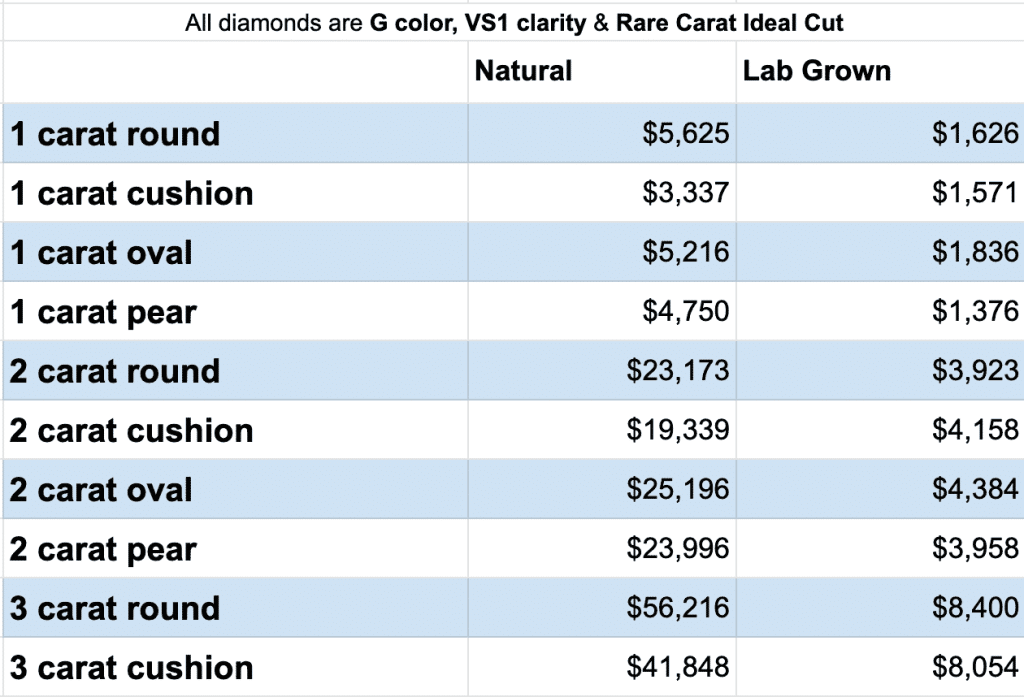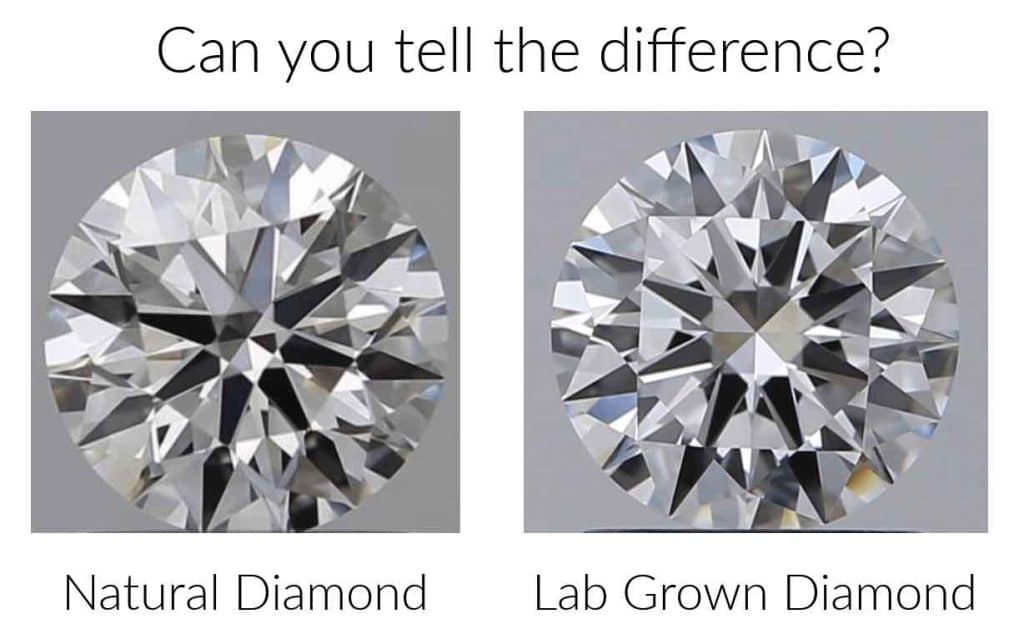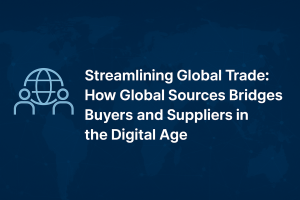If you seek an informative, comprehensive comparison between mined and lab-grown diamonds to ensure you can successfully buy lab created diamond of your choice, take a moment to applaud yourself.
Responsible buyers and their choice of being conscious about what’s going on in our world have changed the jewelry industry and diamond buying process. No wonder the reliable Rare Carat Diamonds has gained the number one spot as the best engagement ring marketplace in America, as they are offering an extensive and exclusive collection of elegant, certified, and economical lab-grown diamonds.
Your decision to choose Rare Carat rings with lab-grown diamonds is indeed a smart move, as the anticipated popularity rate of lab-created diamonds, as per experts, is said to increase by 22% from 2021 to 2026. So, without any further ado, here is what you need to know to ensure you can effectively become a responsible buyer and invest in the best lab-grown diamonds:
Read Also: Bridal Dreams Come True: 4-Carat Diamond Engagement Rings Fit for Royalty
A comparative Look into lab-grown and mined diamonds

The one common thing between mined/natural and lab-created diamonds is that they are the same chemically, optically, and physically. This is why even a GIA-certified, expert gemologist cannot distinguish the two types without the proper advanced tools/equipment. On the other hand, the major difference between these two diamond types is their production process. Here is a detailed, comprehensive comparison of the various aspects affecting the diamond-buying process:
- Production Process
Certain natural conditions (heat and pressure) formed inside the mantle of our earth are responsible for forming natural diamonds. These natural diamonds are extracted through mining, processed, and refined to produce the loose diamonds that sit at the top of your chosen ring settings.
Lab-grown diamonds are created in a laboratory with high-tech equipment and tools that mimic the heat and pressure required to form diamonds. The 2 popular lab-grown diamond production processes are the HPHT (High Pressure, High Temperature) and the CVD (Chemical Vapor Deposition) processes. As the same condition is created, lab-grown diamonds are also real diamonds with the same chemical, optical, and physical properties as mined diamonds.
- Ethical Considerations
The 2 production processes common for creating lab-grown diamonds ensure this type of diamond is always categorized as ethical. If you are investing in rare-carat rings with natural diamonds, you can rest assured you will know the accurate origin of your natural diamonds. Rare Carat takes many steps to ensure this, for example, listing only trusted, certified wholesalers and working with reputed companies like Everledger. They have an impressive 4.9/5 review rating in both Google Business Profile and Trustpilot for these reasons and their other advantageous offerings, including a 100% money-back guarantee.
However, the origin of many natural diamonds in the market is murky. There are chances of a mined diamond being a conflict/blood diamond and/or unethically sourced, which is never true for lab-grown diamonds.
- Environmental Impacts
As lab-grown diamonds are produced in laboratories using advanced technology and equipment, they do have an environmental footprint. However, they are quite insignificant compared to the environmental impacts that mined diamonds are associated with.
From destroying natural habitats to producing vast amounts of greenhouse gasses to creating both water and air pollution, natural diamond mining has many negative consequences even if safe and legal practices are in use.
Climate change is destroying our environment, and immediate preventative and conservative steps are necessary. Hence, the recent growth of lab-grown diamonds’ popularity.
- Price
When shopping for lab-grown diamonds from Rare Carat, you will surely notice that the prices of lab-grown diamonds are comparatively lower than natural diamonds in the same 4Cs GIA-certified diamond grading guide. This is because, generally, lab-grown diamonds are more or less ⅓ to ¼ the price of natural diamonds in the same specs.
You can use Rare Carat’s AI-generated diamond price matching tool to check this out and buy the created diamond of your choice at the best price. You can get a bigger diamond without stepping out of your fixed budget!
Read Also: The Power of Transparency: How Rare Carat Is Changing the Diamond

Buy lab-created diamonds at Rare Carat!
Rare Carat Diamonds is your one-stop solution for all things lab-grown diamonds. Their effort to educate and assist all diamond buyers with GIA-certified gemologist unbiased top-rated advice, AI-generated quality and price checks, and laser inscription verification has helped to shape the growth of lab-grown diamonds’ popularity. So, visit www.RareCarat.com now for more!
Read Also: Customizing Luxury: Designing Bespoke Jewelry with Pear-Shaped Diamond





